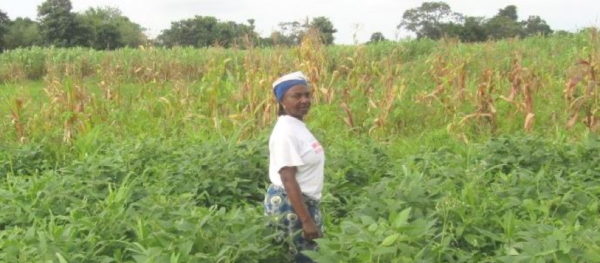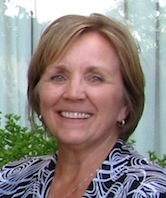Tag: international day of rural women

My Message on the International Day of Rural Women
Africa & Middle East: Farming First interviews Monica Maigari, a Nigerian farmer who has been named a "Female Food Hero" by Oxfam.
Read MoreSue Carlson: Rural Women – The Missing Development Demographic
Africa & Middle East: In celebration of the UN International Day of Rural Women today, our guest author, Sue Carlson of the World Farmers Organisation, looks at the status of rural women and their potential for reducing poverty and hunger around the world. Perhaps more than any other major demographic around the world, rural women have benefitted least from […]
Read More

